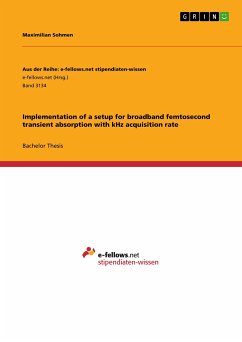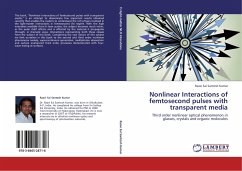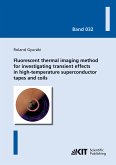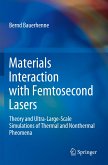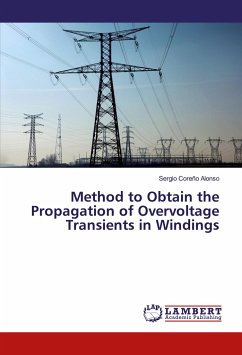Bachelor Thesis from the year 2013 in the subject Physics - Electrodynamics, grade: 1,1, Free University of Berlin (Fakultät für Physik), language: English, abstract: It is the intention of this thesis to firstly present a theoretical modelling of how 400-nm pump pulses can be generated from a 800-nm fundamental, yielding the shortest possible pulses at a high conversion efficiency. Secondly, I describe how three different types of optical autocorrelation and the information about the pulse spectra and durations they incorporate can be used to characterise our present pulse amplification system. Thirdly, I will present a newly-implemented transient absorption setup which has been distinguished with respect to its noise sensitivity and to the chirp the probe beam accumulates after the supercontinuum generation process. Finally, I will discuss the transient absorption signature of a biomimetic photoswitch (dMe-MeO-NAIP) recorded with the new setup.Since its beginnings in the late 1980s, ultrafast laser spectroscopy and, in particular, transient absorption has become a standard experimental method. It allows to investigate the photochemical properties of molecules with a temporal resolution down to the femtosecond timescale. However, major challenges for the implementation of a transient absorption setup continue to be the maintenance of pulse durations as short as possible and, on the other hand, noise prevention.

